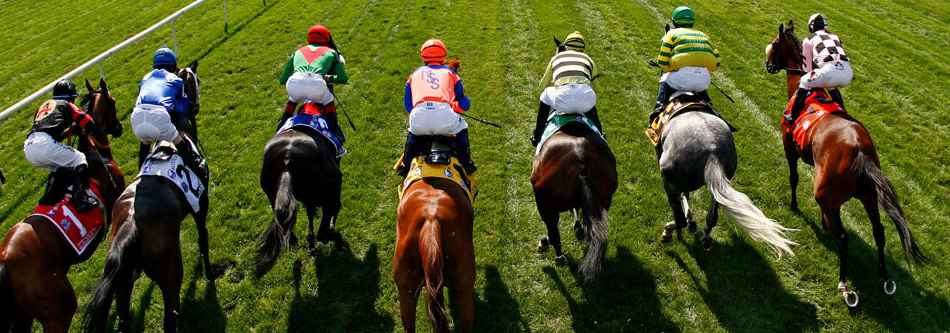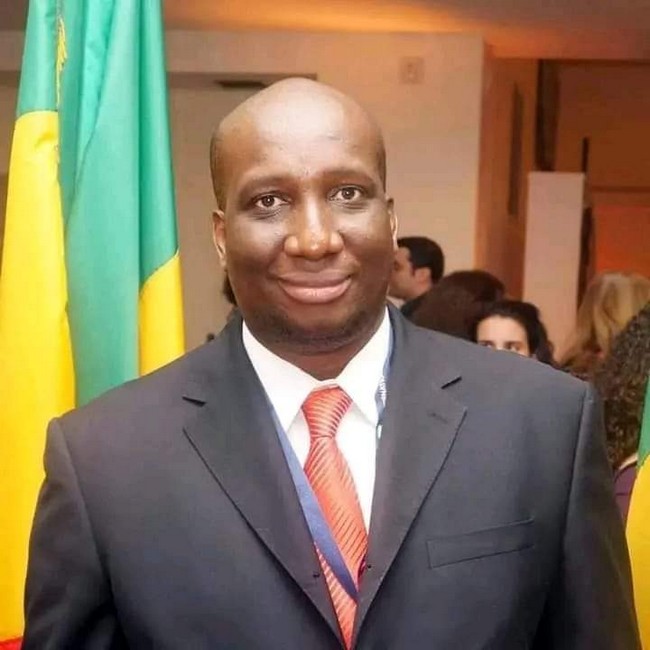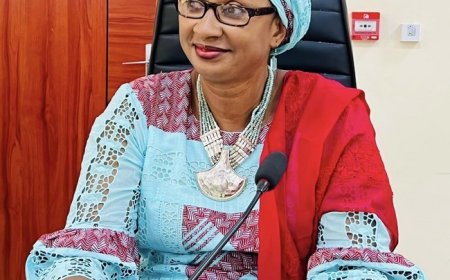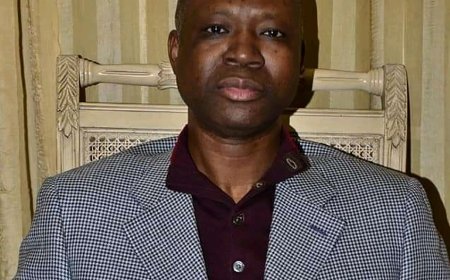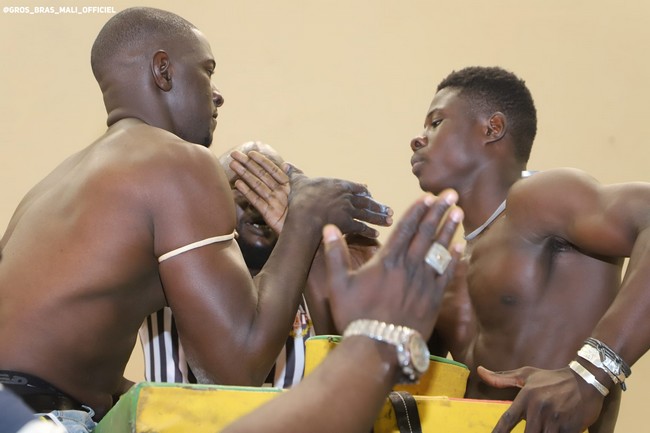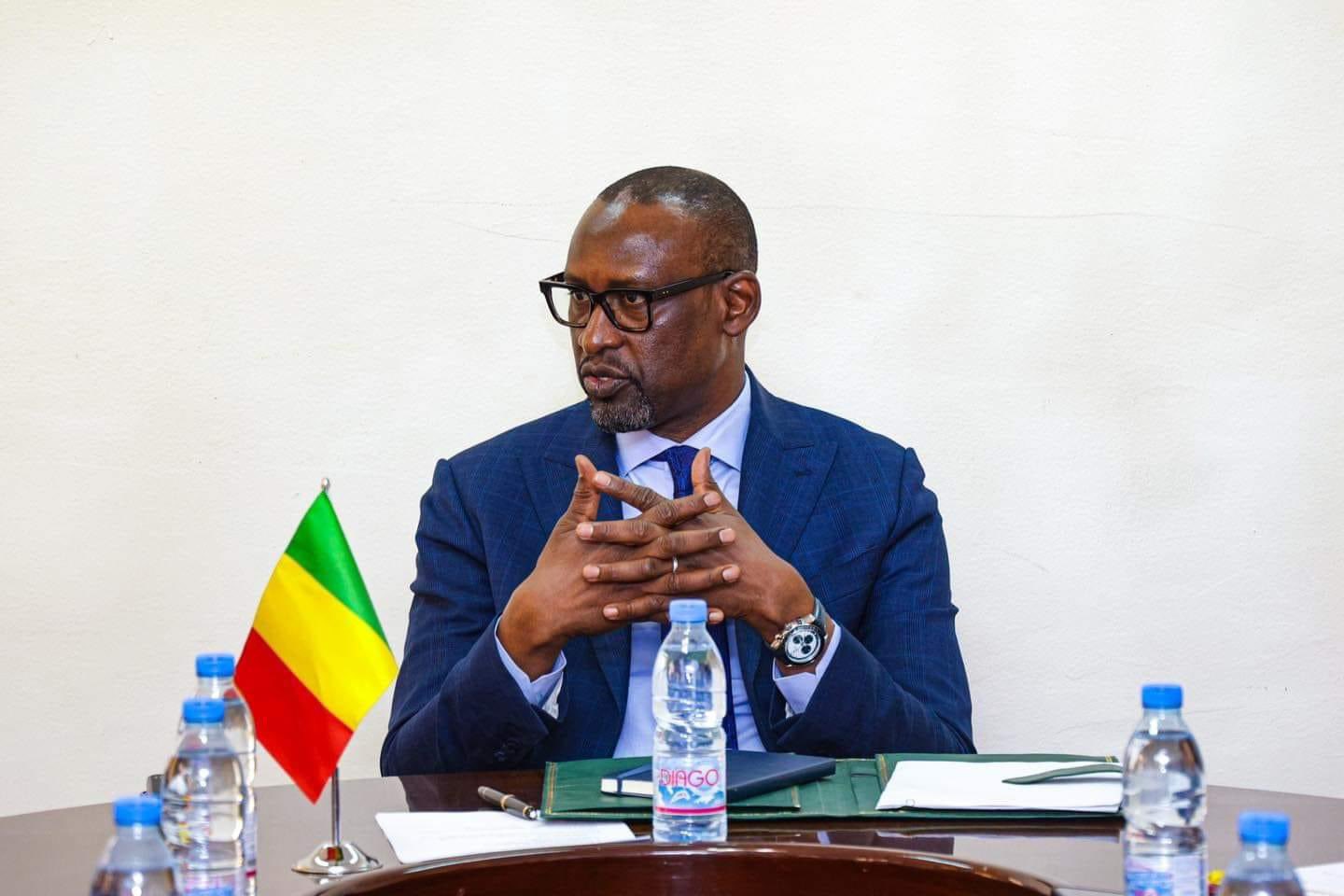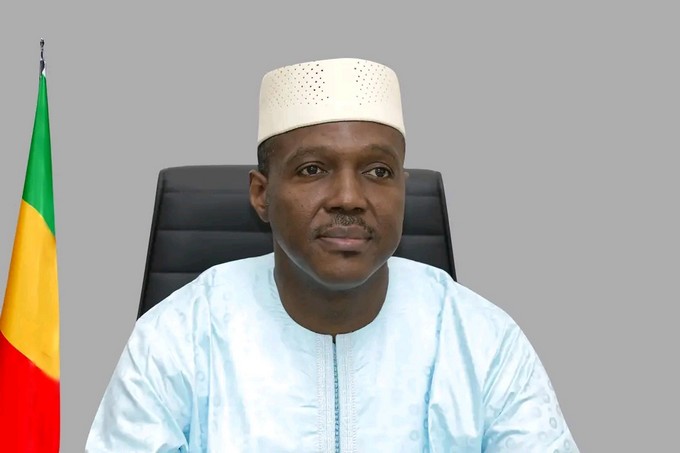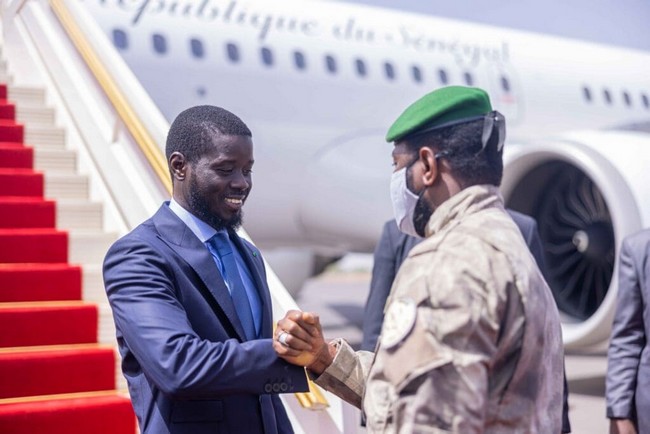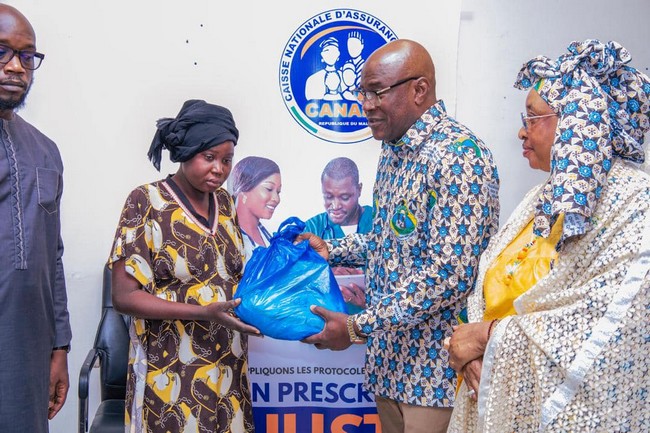The last time Ottawa played host to the women's world hockey championship, organizers had a hard time just getting someone to provide pucks or a few sponsorship dollars. This time, they expect to break attendance records.
The lasting memories of the first IIHF sanctioned event in 1990 are of a women's game exploring its identity.
There was bodychecking, and Team Canada wore controversial pink and white uniforms. Fans were introduced to players such as Cammi Granato and Angela James, who would later become the first women inducted into the Hockey Hall of Fame.
Event attendance started out poor, but the tournament picked up steam, as a record 8,784 people were there to see Geraldine Heaney score the winning goal as Canada captured the gold medal.
The worlds return to Ottawa on Tuesday, and while some things have developed dramatically, others are unchanged.
wholesale nfl jerseys The 1990 tournament had a total attendance of 13,000; organizers expect some 200,000 to attend this year's week long event at Scotiabank Place and Nepean Sportsplex. They have some stars to market, such as Hayley Wickenheiser and Jayna Hefford, who were young girls watching from afar in 1990.
Canada and the United Sates are still fuelling the rivalry that was just budding back then the two foes remain far superior to everyone else and their preliminary round matchup is the marquee event of day 1. But other nations are starting to add more resources and send some players to train in North America. Top countries are mentoring the others.
This is the last major international competition for the women before the 2014 Sochi Olympics.
"That tournament in 1990s was the first time women's hockey was on the world map, the first time media was involved with our game, and we played in front of a real crowd," James said. "We were suddenly on TV and invited to Parliament Hill. The early 1990s group paved the way, and women have done a great job since continuing to raise the bar for the sport."
The hot pink Canada jerseys and white pants made headlines, which was central to the idea from Pat Reid, then general manager of the Canadian team, who was also coaxed into marketing and organizing the 1990 worlds at the last minute, on a shoestring budget.
"They chastised me for the pink colour, but I had years of experience in women's sports and respect for female athletes it was never meant to be degrading," Reid said. "Was it a marketing gimmick? Absolutely. But it worked.
"We needed to get people in the door because we knew the women would then sell the game themselves."
Some called the uniforms sexist and stereotypical, while others thought they were fashionable.
"We were so excited to be there," James said. "We would have worn polka dots to promote women's hockey if they asked us to. They don't have to walk in the rink and sell their game as much any more as we had to."
Three time Canadian Olympian Vicky Sunohara was 19 at the time and played through agonizing tooth pain just to be part of the historic tournament.
"My wisdom teeth were impacted, but nothing could stop me from playing and feeling like I was on cloud nine," Sunohara said. "My helmet was tight from the swollen cheeks, and the dentist said my wisdom teeth needed to come out, but I wasn't having it done during the first world championships. I said, 'I don't care, I'm playing.'"
Sunohara recalls happily paying a few hundred dollars of her own money to attend Team Canada's tryout camp in Mississauga. Players were working full time or attending university, fitting in hockey on the side.
Today's Canadian carded athletes mostly train full time, and while they still aren't paid to play, they don't foot bills for things like hotels and camps. National team players also get more off ice training, video analysis, specialized coaching, and fitness testing.
Canada had about 8,000 registered female hockey players in 1990.
Other nations, while still way behind, have grown, too. Finland, for example, is up from 250 players nationwide in 1990 to 3,900; Sweden from 610 to 3,500.
"A lot of people came out questioning what they would see, and the players sold the game back then and still do today," said Fran Rider, executive director of the Ontario Women's Hockey Association, and part of the 1990 event organizing group. "We have some household names in our game, but we should have a lot more. They have opened so many doors and improved the opportunities so much, I wish they were known a lot more widely."
The federal government has given the 2013 tournament $500,000 ten times its contribution in 1990.
https://www.cheapnflauthenticjerseys.top/ The Ottawa Senators are joint organizers of this year's event, signalling an increased interest from the NHL in promoting female hockey.
With some 8,000 girls and women also in Ottawa to play in the OWHA championships, it is expected to be the largest single gathering of female hockey players. Organizers believe the economic spinoff for the region could be upwards of $30 million "Anyone in Ottawa will know women's hockey is alive and well," Rider said. "I think it will be a very powerful experience."
 Like
0
Like
0
 Je kiff pas
0
Je kiff pas
0
 Je kiff
0
Je kiff
0
 Drôle
0
Drôle
0
 Hmmm
0
Hmmm
0
 Triste
0
Triste
0
 Ouah
0
Ouah
0


